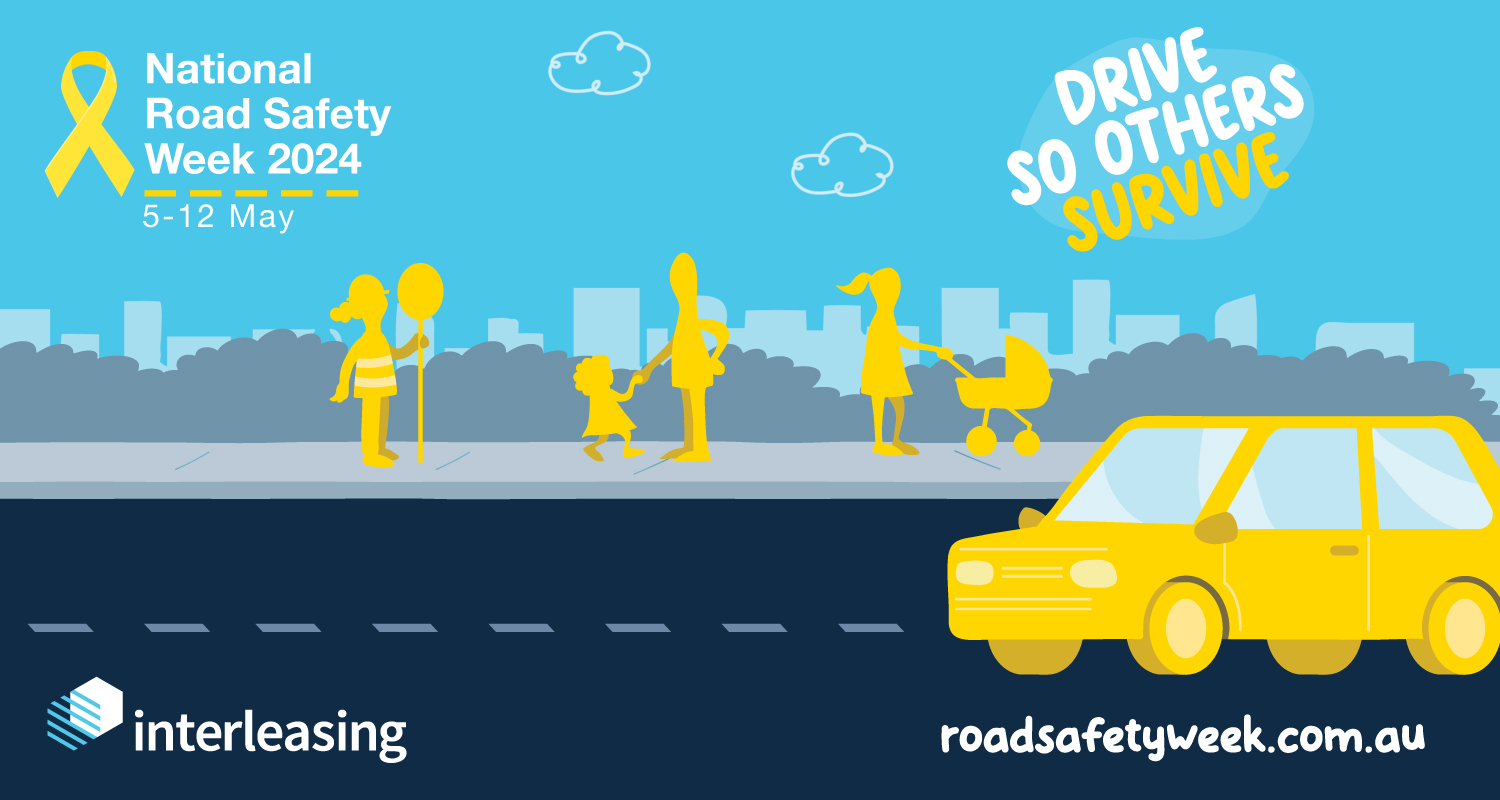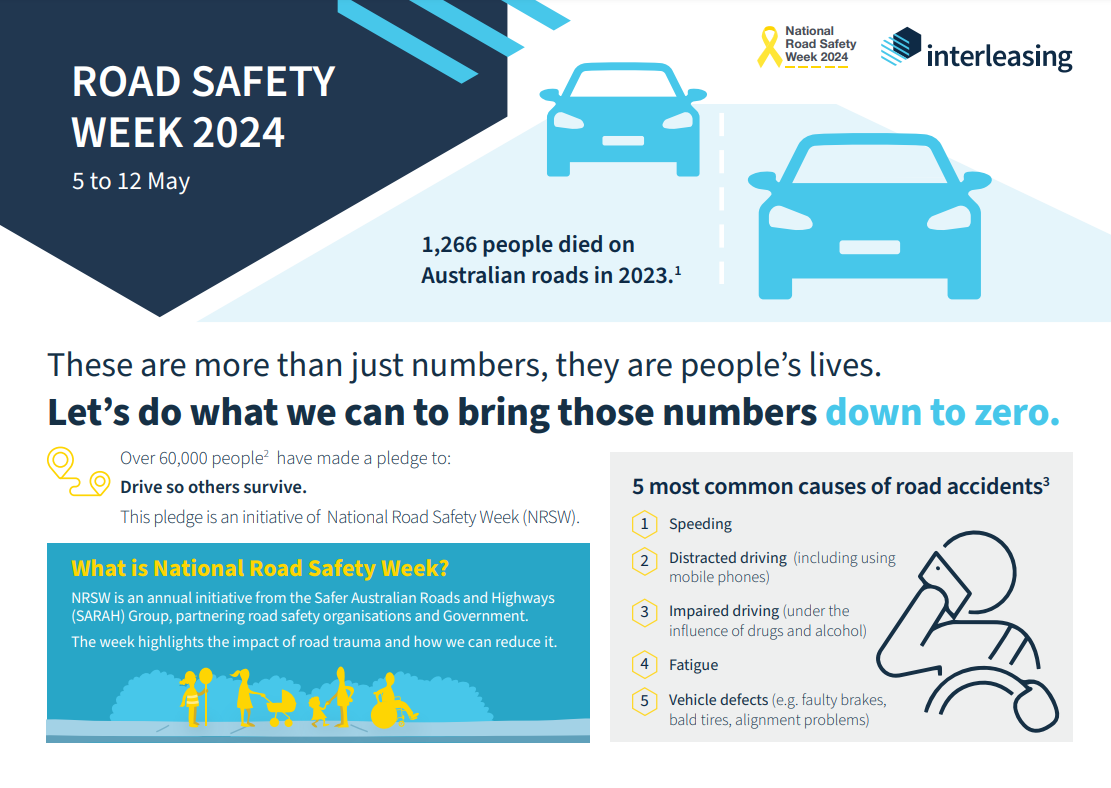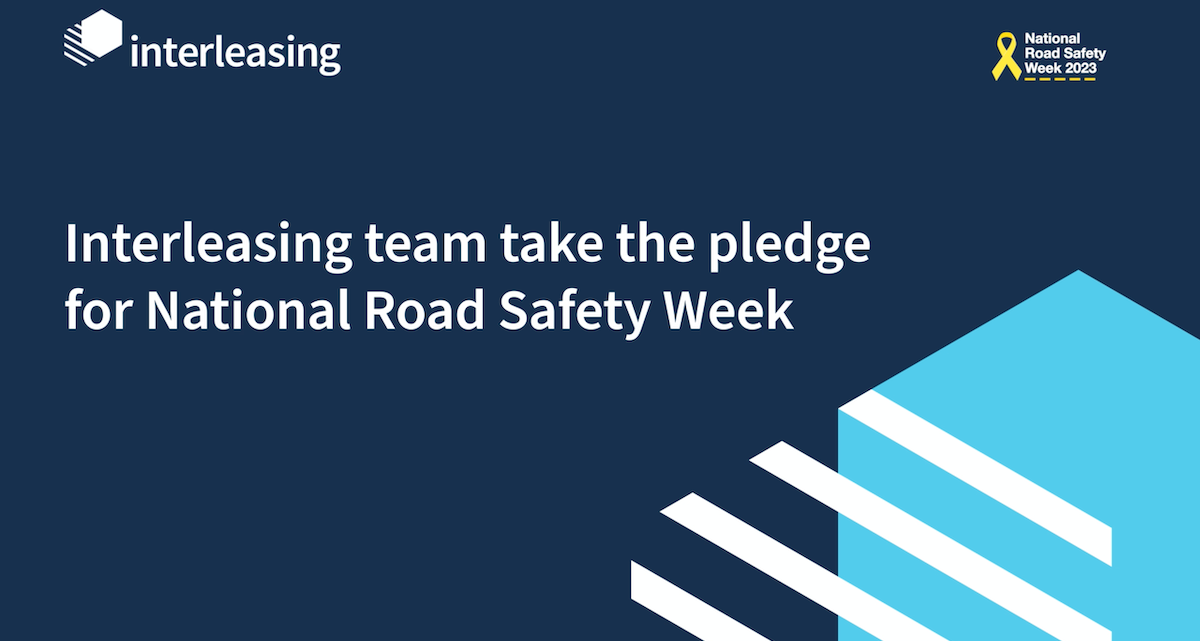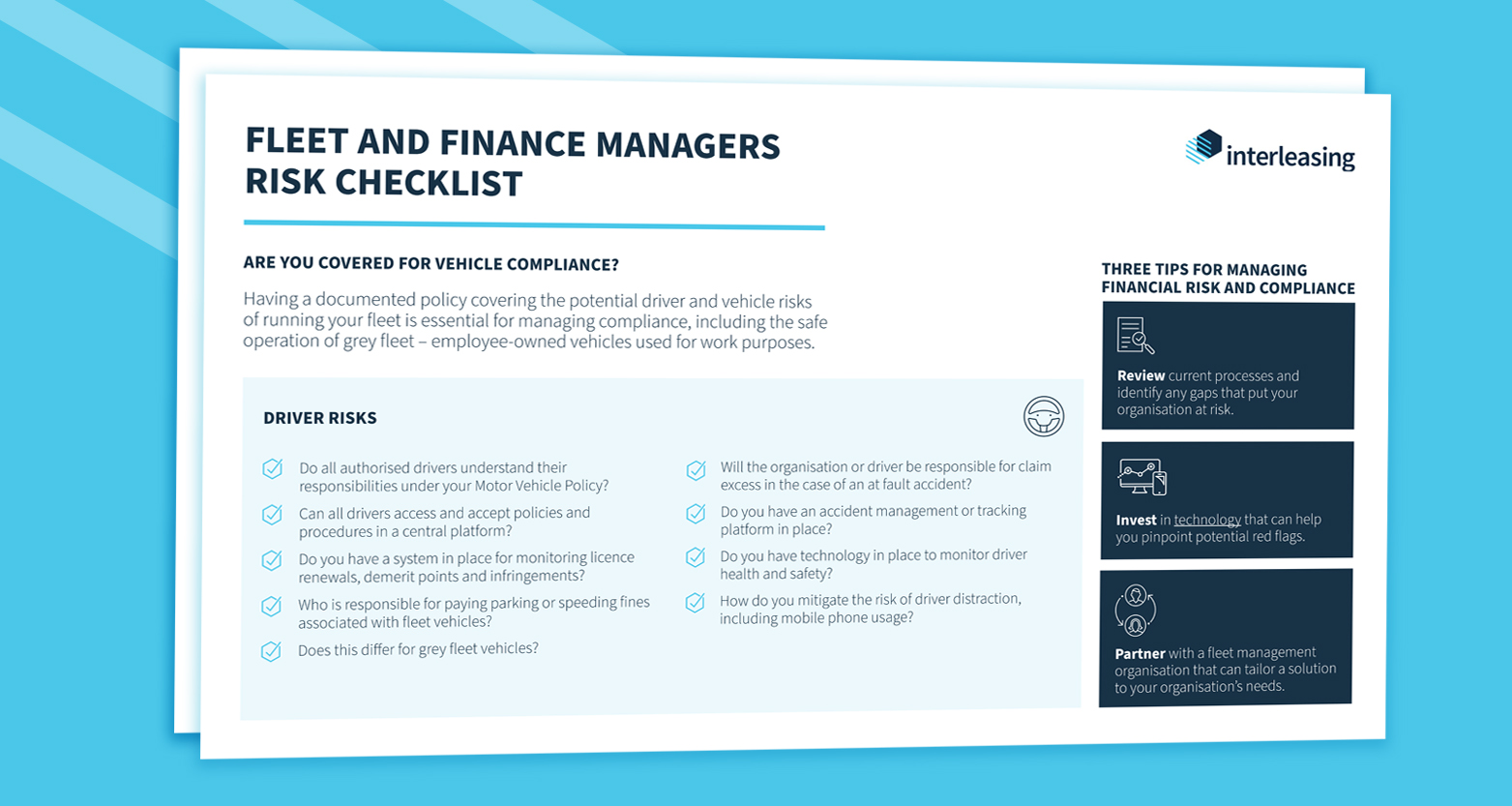
With National Road Safety Week from May 5-12, let’s look at the steps we can all take to reduce preventable road deaths – and drive so others survive.
Our roads are a leading cause of death and injury with over 100 Australians killed in car crashes every month. But with awareness, education and action, we can bring these numbers down.
At Interleasing, we’re taking the pledge to drive so others survive, but that’s just the start. Here’s what else we’re doing to help make our roads safer for everyone.
Supporting SARAH and National Road Safety Week
This year, Interleasing is proud to be supporting and partnering with The Safer Australian Roads and Highways Group (SARAH) and National Road Safety Week. It’s an opportunity for us to give back to the community and raise awareness of the steps we can all take to make our roads safer for everyone.
A joint initiative from SARAH, partnering road safety organisations and the Government, the objective of National Road Safety Week is to raise awareness of the number of people who have lost their lives on the roads and reflect on what we can all do to make a difference.
“We’re excited to partner with Interleasing for National Road Safety Week and appreciate their dedication to getting our lifesaving Vision Zero message out to more road users – especially fleet drivers. Together, it’s my hope that we can protect all road users, and make sure more lives are not lost through avoidable crashes on the road.”
Peter Frazer, Founder, SARAH
What can we all do to get closer to Vision Zero?
Sadly, more people died in 2023 on Australian roads than the previous years – 1,266 people, up 7.3% and higher than any other year since 2010. Here are three simple things you can start doing today to protect yourself, other road users, and bring the number of preventable road deaths closer to where it should be. Zero.
1. Slow down for first responders or emergency personnel
When you see first responders and emergency service personnel on the side of the road and a vehicle with hazard or emergency lights, slow down and move over to the right lane if you can.
In NSW, this is a legal requirement thanks to Sarah’s Rule which became the law in 2019. Sarah’s Rule requires drivers to slow down and move over at a car crash site, when an emergency service vehicle has lights flashing or if someone has broken down.
2. Maintain a safe distance behind the vehicle in front
Many collisions on the road are easily preventable. If you’re driving with another car immediately in front of you, maintain a three second gap so you have enough time to react and brake if you need to. According to the NSW Government, a driver who is fit, alert and not impaired by alcohol, drugs or fatigue needs about 1.5 seconds to react to a hazard. If you’re travelling faster, this time increases to about 2.5 seconds. And if you’re driving on wet or icy roads, at night or on unsealed roads you should increase this distance to at least four seconds.
3. Check if your vehicle meets road safety standards
Vehicle defects like bald tyres, alignment issues or brake problems could increase your chances of having an accident. If your vehicle is showing signs of wear and tear, make sure you deal with any issues quickly so they don’t become a dangerous problem. Regular maintenance and inspections are essential to make sure you’re not putting yourself or anyone else at risk.

Going the extra mile to support safer driving
While we all have an individual responsibility to make our roads safer, fleet managers have a significant role to play in raising awareness and promoting safe driving among employees. The dedicated team at Interleasing is here to help with comprehensive driver safety training, support managing driver processes and in-depth risk management:
Driver training
Our comprehensive online driver training makes it simple and accessible for drivers to learn safe driving practices. With easy to navigate, bite-sized modules, drivers can get lifesaving safety advice on hazard perception, driver distraction, speed limits and other risk factors. Results are available in real time and the integrated risk tool gives each driver a risk score, so you can easily identify and plan any future training requirements.
Driver manager
Our driver manager tool provides a user-friendly dashboard to store driver information, including profiles, medical information, driver licence details and fine/infringement information. It means you can easily manage the data and processes that support safe driving practices across your fleet.
Risk policies
Managing risks is part of every fleet manager’s job, and we can help you create and ensure compliance with your organisation’s risk policies. Whether it’s Human Resources risks, vehicle maintenance policies or safe driving policies, we’re here to help.
Get in touch to learn more about improving driver safety in your organisation or learn more about National Road Safety Week and take the pledge here.


